Lip service to history devalues worthwhile project
Roy Hay
It was an excellent idea of SBS and the Johnny Warren Foundation to reopen the debate about the best players, coaches and teams to play the game in Australia over the years. But you might have thought that they would have consulted the wide range of people who have a serious knowledge of the long history of football in Australia to assist in their deliberations. Their selection panel consists of significant contributors to the game and they are all informed, dispassionate and thoughtful judges. The problem is that none of them have any depth of knowledge about the game outside their own lifespans which cover only a tiny part of the history of the game. So claims that they can produce a list of the greatest exponents from which selection must be made is inevitably flawed.
Given that people were playing a game like football in Australia in the 1850s, the first continuous associations were set up in the 1880s, the first international matches were played in the 1920s and Australia was playing international matches against some of the best teams in the world from the 1940s, it makes little sense to make the claim that the list proposed has any real validity. If it had been presented as ‘some of the best exponents since the 1950s’, it would not have resonated so loudly, but it would have been much more defensible.
There is an overwhelming bias towards New South Wales and Victoria in the selection and the women’s list in particular is seriously flawed. Now it is true if you are going to have a public poll on the issue you are likely to expect that only people who are well known today are going to poll well, that is unless the devotees of one or other candidate decide to vote early and vote often. When they tried a poll to determine the most famous Scotsman for example, Sean Connery came first, Billy Connolly second and Mel Gibson third! His only connection with Scotland was playing William Wallace in Braveheart.
Andre Kruger, that German follower of Peter Wilson and the Socceroos conducted such a poll many years ago and it was interesting that Frank Loughran came second to Johnny Warren for one of the midfield positions by less than 0.1 per cent of the votes cast. Yet Loughran who represented Australia at the Olympic Games in 1956 and was invited to return to England by Stanley Matthews in 1958, who said he would walk into the Blackpool team, does not appear on the list.
Only Reg Date and Joe Marston represents that generation and I have no qualms at all about the latter’s nomination or his appearance on the 60 cent stamp. Marston was not the first post-war Australian player to make a name for himself in England. Frank Mitchell played for Chelsea and cricket for Warwickshire, was awarded a B cap by England and played in the match to raise funds for those affected by the Burnden Park tragedy and was selected to tour Australia with the England squad in 1951. He appeared on the pre-tour publicity, and I suspect the only reason he did not come was that he could make more money by playing cricket in England in summer, in the days of the fixed maximum wage for footballers. Ken Grieves, a contemporary and friend of Marston, made a fine career in England at football and cricket.
Rating the players from the early 20th century onwards is extraordinarily difficult of course. James Jackson was born in the UK but grew up in Australia, then returned to play with Woolwich Arsenal and Glasgow Rangers. That was in the days when Scotland and England did dominate the world game.
From the interwar period you have stars like Judy Masters, Jack Evans, Alf Quill, keepers including George Cartwright and Jimmy McNabb. The early postwar years saw Gordon Nunn, Tom Jack, Bob Lawrie and Cliff Sander perform at the highest Australian level at the time. Now it is true that by world standards Australia was not highly rated but some of these players could have held their own and did so.
Among the women, Theresa Deas (née Jones), Jane Oakley, Anissa Tann (if you can ignore the end of her career), Pat O’Connor and Sue Monteath merit inclusion. There are several others for whom a strong case can be made too.
Comparing eras and players is probably impossible in any case. Especially for the early days when match descriptions and the performance of players were intermittent and there were fewer games on which sustained ability could be judged. Unlike the United Kingdom, Australia did not support a flourishing football press and treatment in the main newspapers was variable. Asking those who have little grasp of history to make decisions on players from these times is superficially democratic but really very unreliable. Even for much more recent times the results are likely to have little validity. I was asked the other day about Pele and Messi, though others would have added Maradona. As a conversation starter in a game of opinion that is fine. But if we really seek to find the best it is necessary to delve a little more into the history of the game than has been done in the present exercise.

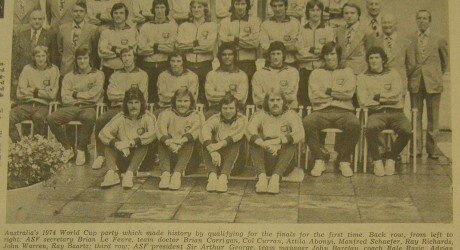
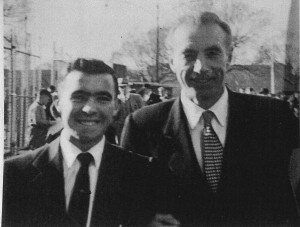
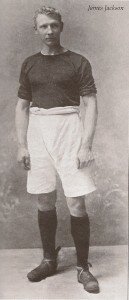
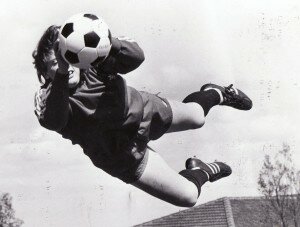
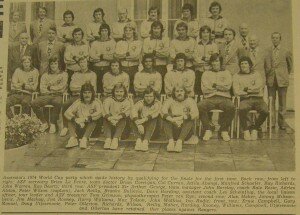






Marnie Haig-Muir: Your review of the latest Rankin is right on the money, Roy. This book...